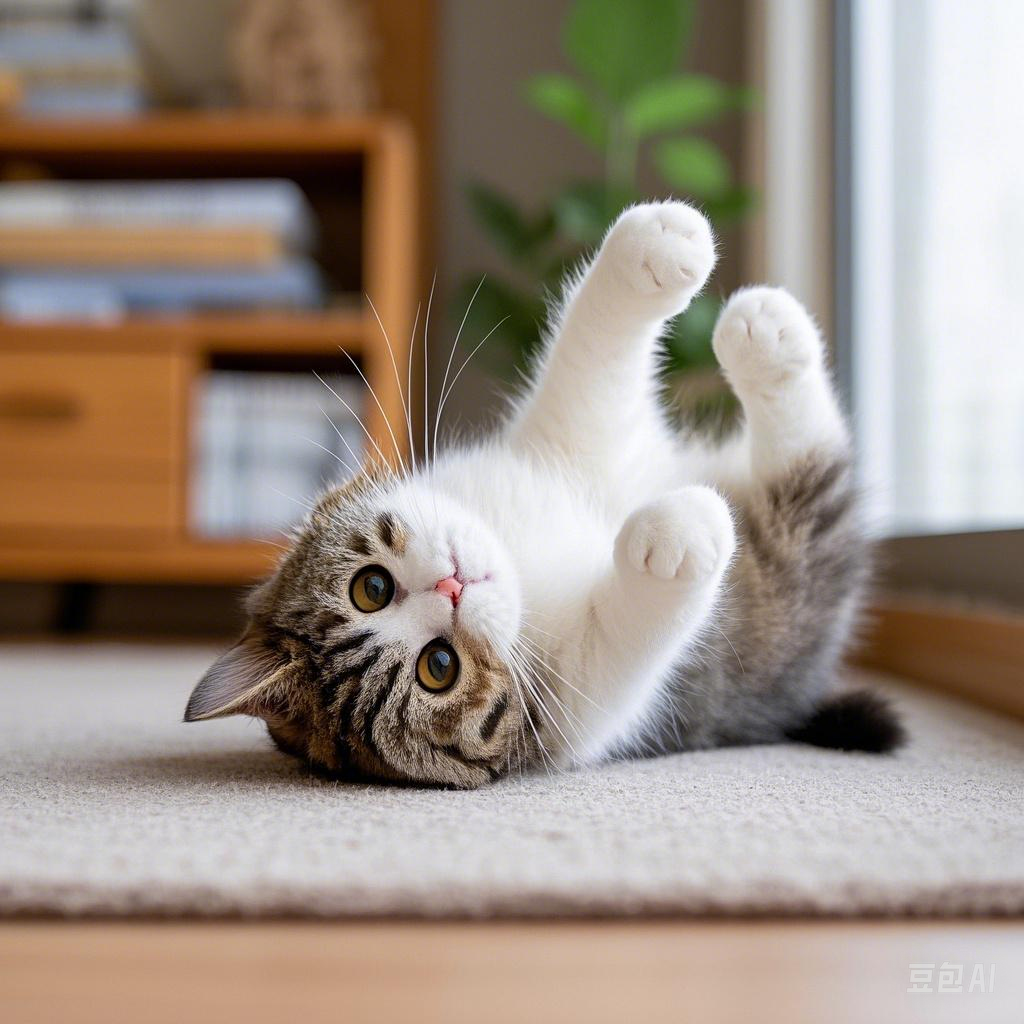Cats are mysterious and highly individualistic pets, and countless families in the United States revel in their unique charm. However, their quirky behavior can often be confusing to their owners. Don’t worry, here’s a detailed explanation of 10 common cat behaviors to help you better understand your furry child.
Rubbing his head against you
When your cat rubs its head or body against you, don’t think it’s just a simple act of pampering. This is actually them marking territory. Cats have special scent glands distributed in their head and body, and by rubbing against you, they leave their scent on you, declaring that you belong to their “territory”, and at the same time, they are expressing their love and trust for you.

Frequent hair licking
Cats spend a lot of time licking their fur, and not just to keep it clean. Licking fur is their way of self-soothing. When cats feel nervous, anxious or bored, they lick their fur to relieve their emotions. And during the licking process, cats also groom their fur to improve circulation and keep them comfortable.
Purring
Purring is usually a sign that your cat is content and relaxed. When you gently pet your cat and it purrs comfortably, it means that it is in a happy mood and enjoying its time with you. However, sometimes cats purr when they are sick or injured, which can be a way for them to heal themselves, so be sure to pay attention if the purring is unusual.
Scratching Furniture
Cats scratching furniture is a headache for many owners. But for cats, it’s an instinctive need. Scratching helps cats wear down aging nails and keep their claws sharp, as well as exercising their muscles. To protect your furniture, you can prepare special cat scratching boards or posts for your cat to satisfy their desire to scratch.
Bringing home prey (such as mice)
Don’t be offended if your cat brings home “prey” for you. In the cat’s perception, this is their “gift” to you. They treat you as their “family” and think you don’t know how to hunt, so sharing the food they have worked so hard to catch with you is actually full of love.
Tail swinging dramatically
When a cat’s tail swings quickly and dramatically from side to side, this is an indication that it is in an emotional state at the moment, which could be excitement or anger. For example, when playing, the tail may be wagging because it’s getting too involved; but if it’s facing other animals or unfamiliar things, the tail may be wagging to express dissatisfaction and warnings.
Staring at you with wide eyes
A cat staring at you with wide eyes for a long time is not necessarily hostile. In the world of cats, it could be that they are watching you, trying to understand your behavior, or seeking attention from you in hopes that you will play with them.
Frequent access to the litter box
If your cat is frequently going in and out of the litter box without having normal bowel movements and urination, there may be a problem with the urinary system. A cat’s urinary system is fragile and susceptible to infections or stones, so take it to the vet as soon as you notice this abnormal behavior.
Hissing
Hissing is a defense signal for cats. When they feel threatened, such as when they encounter an unfamiliar animal or person, they will make a hissing sound in an attempt to scare off the other person and protect themselves.
Curling up in a ball to sleep
Cats like to sleep curled up in a ball as a self-protective position. This reduces the exposed area of the body and maintains body temperature, while allowing them to get up and react quickly in case of danger.
Understanding these common cat behaviors can help you get along better with your own cat. If you’d like to know more about the secrets behind cat behavior, such as the differences in cat behavior at different ages, feel free to let me know.
Online Message
© 2025. All Rights Reserved.


